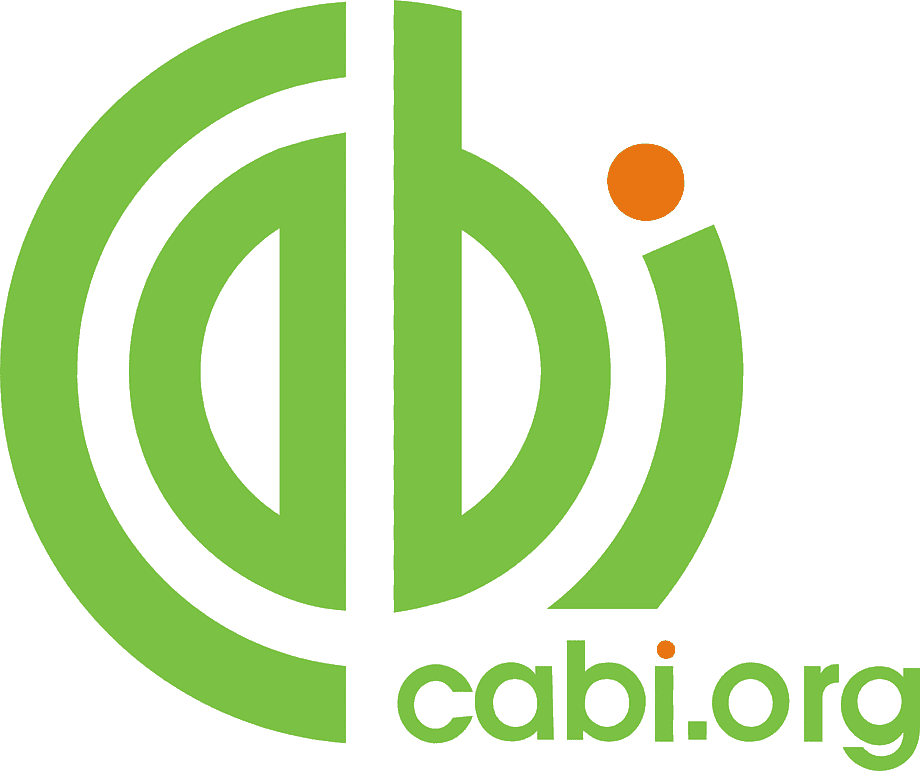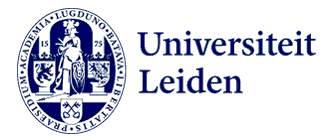Feed palatability and consumption of Eclectus Roratus Biaki in The Captivity of Bird and Ochid Park in Biak Numfor
DOI:
https://doi.org/10.46549/jipvet.v14i3.514Keywords:
Captivity management, Eclectus roratus, Feed consumption, Palatability, Local feedAbstract
This study aimed to assess the palatability and feed consumption of bayan parrots (Eclectus roratus biaki) in the captivity at the Bird and Orchid Park in Biak, using a variety of local feed combinations. The feeds consisted of fruits (papaya and bananas) and seeds (mung beans and sweet corn). A total of 8 parrots (4 males and four females) were used, housed in pairs within individual cages. Four treatments were tested: P0 (papaya and banana), P1 (papaya, banana, and mung beans), P2 (papaya, banana, and sweet corn), and P3 (papaya, banana, mung beans, and sweet corn). Feed and water were provided ad libitum and feed consumption was measured by weighing the remaining feed daily. The results indicated that bananas had the highest palatability and consumption across all treatments, with the highest feed consumption occurring in the P3 treatment, which included a combination of fruits and seeds. Palatability index, dry matter intake, and organic matter intake were higher when parrots were offered a varied diet. No significant differences were found between treatments in daily consumption, but the variety in feed combinations led to improved consumption patterns. The findings suggest that providing a balanced and varied diet consisting of fruits and seeds is crucial for optimizing bayan parrots' nutritional intake and health in captivity. This study contributes to improved feeding strategies for captive management and conservation efforts, ensuring the well-being of this endemic species.
Downloads
References
Heinsohn R, Langmore N, Cockburn A and Kokko H. 2011. Adaptive secondary sex ratio adjustments via sex-specific infanticide in a bird. Current Biology. 21(20): 1744–1747. https://doi.org/10.1016/j.cub.2011.08.064.
Klauke N, Segelbacher G and Schaefer H. 2013. Reproductive success depends on the quality of helpers in the endangered, cooperative el oro parakeet (pyrrhura orcesi). Molecular Ecology. 22(7): 2011–2027. https://doi.org/10.1111/mec.12219.
Martínez E, Paz V and Navarro R. 2020. Behavior of male and female eclectus parrot (eclectus roratus) in an artificial environment. Acta Scientiarum Biological Sciences. 42: e46431. https://doi.org/10.4025/actascibiolsci.v42i1.46431.
Naytili G, Yunus M and Noach Y. 2022. Konsumsi, kecernaan bahan kering dan bahan organik cempe jantan peranakan etawah yang diberi suplemen konsentrat mengandung tepung daun katuk dan zn biokompleks. Jurnal Peternakan Lahan Kering. 4(3). https://doi.org/10.57089/jplk.v4i3.1313.
Patel J, Stull J, Abarintos R, Khan N and Park K. 2014. A preference test for sweet taste that uses edible strips. Appetite. 73: 132–139. https://doi.org/10.1016/j.appet.2013.10.021.
Rachmatika R, Prijono S, Sari A and Suparno S. 2020. Chick growth and nutrient requirement during rearing period on eclectus parrot (eclectus roratus, müller 1776). Bio Web of Conferences. 19: 13. https://doi.org/10.1051/bioconf/20201900013.
Stojanović D, McLennan E, Olah G, Cobden M, Heinsohn R, Manning A and Rayner L. 2023. Reproductive skew in a vulnerable bird favors breeders that monopolize nest cavities. Animal Conservation. 26(5): 675–683. https://doi.org/10.1111/acv.12855.
Taysom A, Stuart‐Fox D and Cardoso G. 2010. The contribution of structural‐, psittacofulvin‐ and melanin‐based colouration to sexual dichromatism in australasian parrots. Journal of Evolutionary Biology. 24(2): 303–313. https://doi.org/10.1111/j.1420-9101.2010.02166.x.
Theuerkauf J, Rouys S, Mériot J, Gula R and Kuehn R. 2009. Cooperative breeding, mate guarding, and nest sharing in two parrot species of new caledonia. Journal of Ornithology. 150(4): 791–797. https://doi.org/10.1007/s10336-009-0400-8.
Warsito H and Bismark M. 2012. Preferensi dan Komposisi Pakan Kasuari Gelambir Ganda (Casuarius casuarius Linn 1758 ) Di Penangkaran. Unpublished. 13–21.
Yanti Yuli, Wiweka TJ, Soegiarto SR, Pawestri W, Riyanto J, Dewanti R, Cahyadi M and Wati AK. 2022. Imbangan Energi dan Nitrogen Ternak Domba Lokal yang Diberi Silase Pakan Komplit dengan Aditif Silase yang Berbeda. Journal of Livestock and Animal Health. 5(2): 66–72. https://doi.org/10.32530/jlah.v5i2.539.
Downloads
Published
How to Cite
Issue
Section
License
Copyright (c) 2024 Elfira Kariane Suawa, Evi Warintan Saragih, Apner Penehas Kafiar

This work is licensed under a Creative Commons Attribution-NonCommercial-ShareAlike 4.0 International License.
License and Copyright Agreement
In submitting the manuscript to the journal, the authors certify that:
- They are authorized by their co-authors to enter into these arrangements.
- The work described has not been formally published before, except in the form of an abstract or as part of a published lecture, review, thesis, or overlay journal. Please also carefully read Jurnal Ilmu Peternakan dan Veteriner Tropis (Journal of Tropical Animal and Veterinary Science) Posting Your Article Policy at https://journal.fapetunipa.ac.id/index.php/JIPVET/publicationethics
- That it is not under consideration for publication elsewhere,
- That its publication has been approved by all the author(s) and by the responsible authorities “tacitly or explicitly“ of the institutes where the work has been carried out.
- They secure the right to reproduce any material that has already been published or copyrighted elsewhere.
- They agree to the following license and copyright agreement.
Copyright
Authors who publish with Jurnal Ilmu Peternakan dan Veteriner Tropis (Journal of Tropical Animal and Veterinary Science) agree to the following terms:
- Authors retain copyright and grant the journal right of first publication with the work simultaneously licensed under a Creative Commons Attribution License (CC BY-NC-SA 4.0) that allows others to share the work with an acknowledgment of the work's authorship and initial publication in this journal.
- Authors are able to enter into separate, additional contractual arrangements for the non-exclusive distribution of the journal's published version of the work (e.g., post it to an institutional repository or publish it in a book), with an acknowledgment of its initial publication in this journal.
- Authors are permitted and encouraged to post their work online (e.g., in institutional repositories or on their website) prior to and during the submission process, as it can lead to productive exchanges, as well as earlier and greater citation of published work.

This work is licensed under a Creative Commons Attribution-NonCommercial-ShareAlike 4.0 International License.





























.png)
